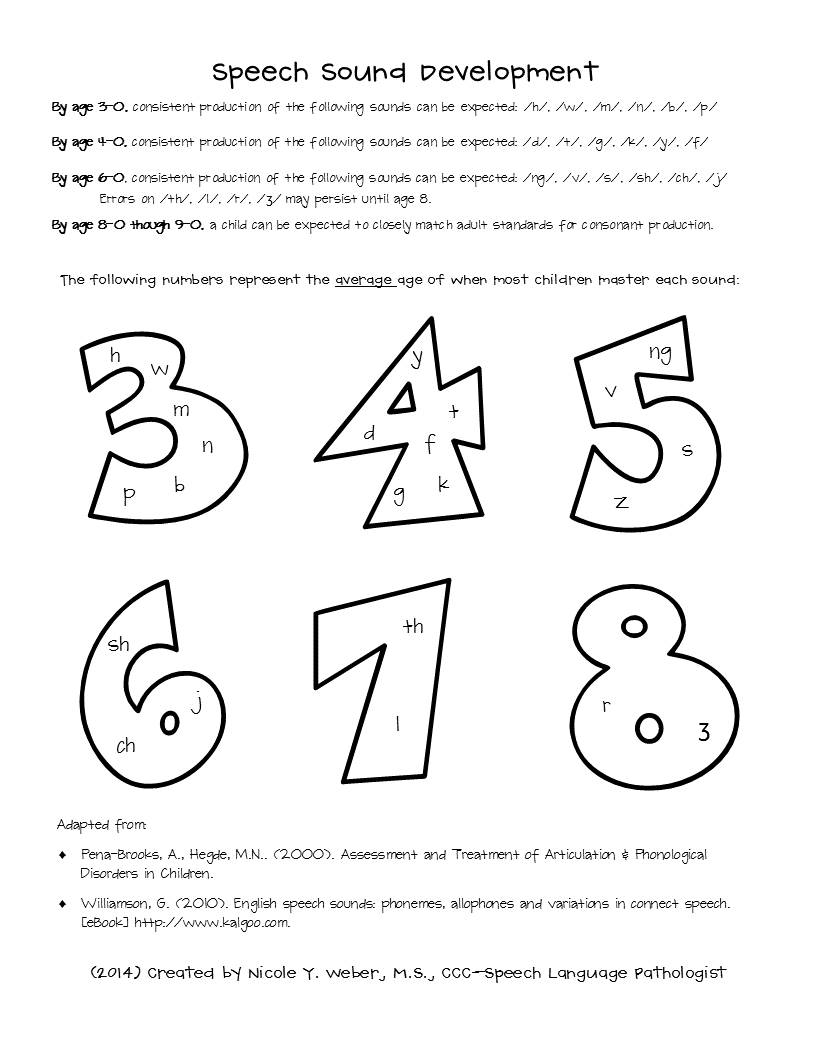Speech Resources
Although our speech therepists are the best way for your child to receive speech therepy when they need it there are some resources that may help you help your child.
Videos to explain how to make a variety of sounds that student may be working on if they have articulation goals.
Mrs. Speechie P is teaming up with some AMAZING people (including OTs and PTs) to bring you FREE daily (weekdays) activities for play- with things you already have at home!
The linguistic genius of babies | Patricia Kuhl
A child's brain is wired with special language-learning "equipment". This equipment allows children to learn language at an incredible rate. To learn more about this you can watch this Ted Talk.
The Word Gap: The Early Years Make the Difference
Children’s vocabulary skills are linked to their economic backgrounds. By 3 years of age, there is a 30 million word gap between children from the wealthiest and poorest families. A recent study shows that the vocabulary gap is evident in toddlers. By 18 months, children in different socio-economic groups display dramatic differences in their vocabularies. By 2 years, the disparity in vocabulary development has grown significantly (Fernald, Marchman, & Weisleder 2013).
Speech Sound Development Norms
Articulation errors are common when children first begin to speak (i.e. wabbit for rabbit). Most children will outgrow these errors, as it is the normal process for developing their speech. According to research, 75% of children acquire sounds by the following ages:

10 Everyday Speech Development Activities That Can be Done at Home
By Submitted To Northeast Ohio Parent Magazine
— By Mallory Hawley Bachmann, CCC-SLP at LLA Therapy, which offers speech-language, physical, occupational, behavioral, and music therapy at its clinics in Fairlawn, Hudson and Medina. LLA is committed to guiding all individuals toward quality therapy solutions to improve the lives of their patients and their families in a collaborative, nurturing and supportive atmosphere. For more information, visit llatherapy.org.
When your child is at home, you can still work to develop their speech with simple activities that can be done at home and with other family members.
1. Model the Correct Speech and Language
Make sure you use grammatically correct sentences, enunciate clearly and speak at an appropriate rate. If your child misarticulates a word, try repeating it the correct way versus correcting them, or if they use the incorrect pronoun, simply repeat the phrase the correct way.
2. Use an Appropriate Language Level
Use simpler language with younger children. Use vocabulary they are familiar with or remember to explain the meaning of a new word.
3. Make the Most of Meal Time
Family meals aren’t always easy with many activities happening in the evenings. When possible, have a meal around the table. Talk about everyone’s day or something special that will be happening. It is a fantastic time to spend modeling speech and language in a natural environment.
4. Use Verbal Routines
Verbal routines are when you say the same thing each time you play with something. For example, when playing with the ball you may always say “ready, set, go” or with bubbles you may say “first blow, then pop.” These verbal routines are predictable for the child and provide an opportunity for them to use their language and be successful.
5. Use Communication Temptations
Set up the environment in a way that entices your child to make a request that will result in a positive experience. For example, if you are coloring, get out the coloring book or paper but don’t have the crayons out; your child should ask for the crayons and then you can provide them. This allows them to see that they can be successful in requesting.
6. Read Books
Reading to your child daily has an incredible impact on their language development. Use repetitive books that are easily learned and encourage children to participate in storybook reading. Don’t be afraid to read the same book daily for the same reason!
7. Sing Songs
Nursery rhymes and songs provide a good model of rhyme and rhythm. Again, it encourages children to want to participate and use words and vocabulary, as well as develop new language.
8. Use a 3:1 Rule
During play activities, make an effort to make three comments and ask only one question. Asking too many questions can put a lot of pressure on your child. When you comment more than question, you reduce that added stress and make it more enjoyable.
9. Feed Language, Don’t Force it Out
Comment and expand on your child’s utterances. If your child points and says “car” expand that by adding a modifier or verb such as “red car,” “fast car,” or “car go.” There is no need to ask them to repeat this, you are simply modeling a longer utterance.
10. Narrate Life
Use every opportunity to model language and include your child. When you are at the grocery store, talk about what items you need, where you need to go next or what you are going to make with the foods purchased. During bath time, describe what you are doing or what is next to your child. All this input helps language growth in numerous ways!
